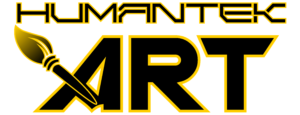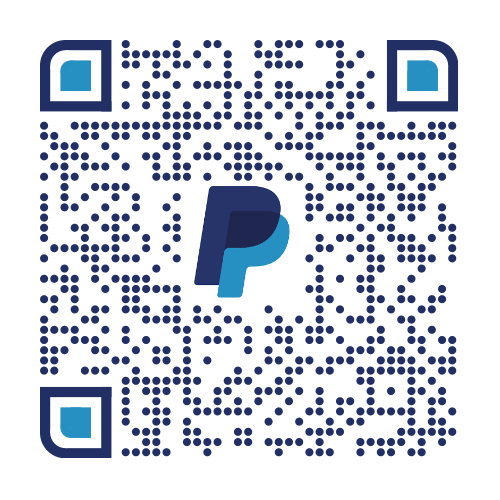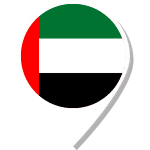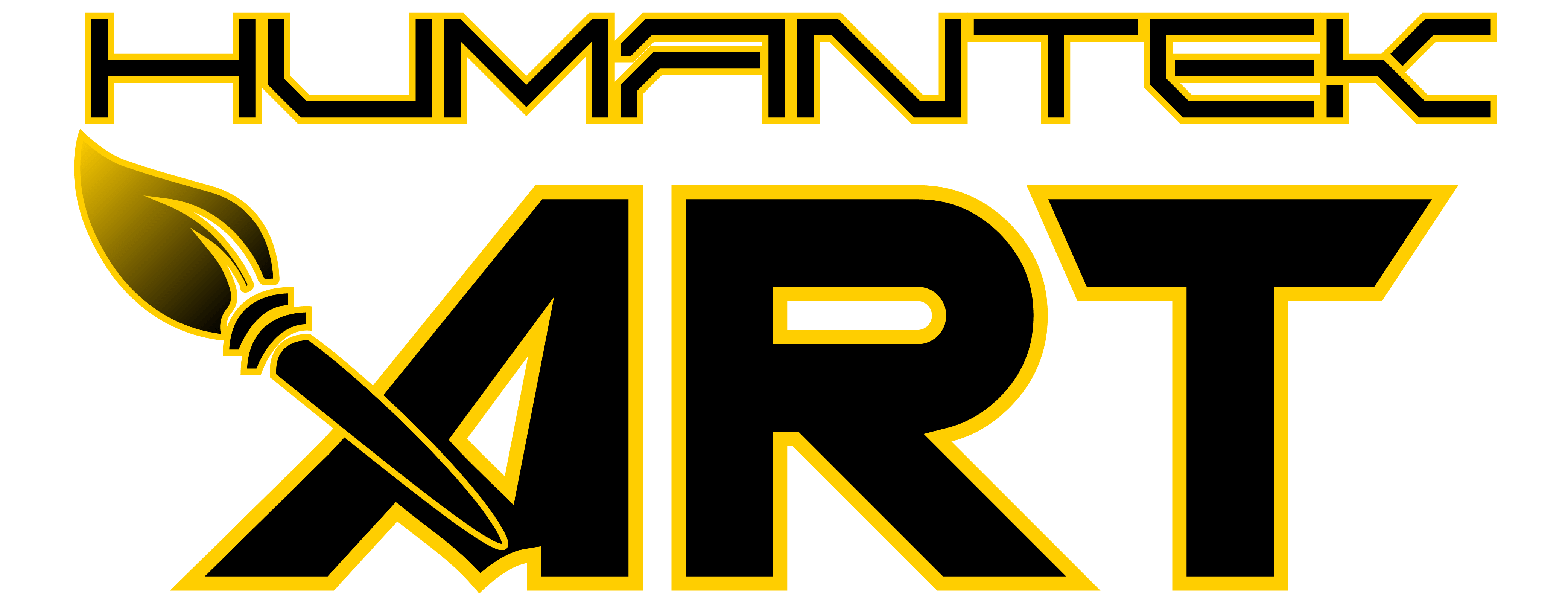
CGI Animation: Powerful Tool for Storytelling and Engagement
In the ever-evolving landscape of visual storytelling, CGI (Computer-Generated Imagery) animation has emerged as a transformative force, reshaping the way narratives are crafted, experienced, and shared. With its remarkable ability to blend reality and imagination seamlessly, CGI animation has become a cornerstone for filmmakers, advertisers, and content creators seeking to captivate audiences and create memorable experiences. In this article, we delve into the captivating world of CGI animation, tracing its evolution, exploring its impact on storytelling, and emphasizing the significance of collaborating with a 3D animation studio in the U.S. to unleash its full potential. The Evolution of CGI Animation: From Pixels to Perfection The journey of CGI animation has been a remarkable testament to human ingenuity and technological advancement. From its early use in films like “Tron” and “Jurassic Park” to the visually stunning landscapes of “Avatar” and the endearing characters of “Toy Story,” CGI animation has evolved from simple geometric shapes to lifelike visual masterpieces that push the boundaries of creativity. This evolution has been driven by advancements in hardware, software, and artistic techniques, resulting in a level of realism that was once thought to be unattainable. Unleashing Creativity Through CGI Animation Visual Realism Beyond Imagination: One of the most remarkable aspects of CGI animation is its ability to create visuals that defy reality while still feeling entirely believable. From intricately detailed environments to characters with lifelike textures and expressions, CGI animation immerses viewers in worlds that are as breathtaking as they are captivating. This heightened sense of realism facilitates a deeper emotional connection between audiences and the story being told. Limitless Creative Freedom: CGI animation removes the constraints of the physical world, enabling storytellers to bring any concept to life. Whether it’s fantastical creatures, alien landscapes, or gravity-defying stunts, CGI animation empowers creators to visualize and execute ideas that were once restricted by practical limitations. Expressive Characters and Emotions: Characters rendered through CGI animation exhibit a level of expressiveness that resonates with audiences on a profound level. Their nuanced emotions and relatable gestures make them more than just pixels on a screen; they become vessels for storytelling that evoke empathy and create lasting connections. Dynamic Storytelling Techniques: CGI animation opens the door to innovative storytelling techniques that keep audiences engaged. Fluid camera movements, seamless transitions between scenes, and the ability to manipulate time and space allow creators to tell stories in visually captivating and emotionally resonant ways. CGI Animation’s Role in Marketing and Advertising Beyond the realm of cinema, CGI animation has found its way into the heart of marketing and advertising strategies. Brands recognize the potential of CGI animation to capture attention, communicate complex messages, and create a lasting impact. From showcasing products in immersive environments to crafting visually stunning advertisements, CGI animation empowers marketers to create content that stands out in a crowded digital landscape. Collaborating with a 3D Animation Studio in the U.S.: Elevating Your Vision To fully harness the potential of CGI animation, collaboration with a reputable 3D animation studio in the U.S. is paramount. These studios possess the expertise, cutting-edge technology, and creative vision required to bring your ideas to life in the most compelling and authentic way possible. Working with a 3D animation studio ensures that your project benefits from the collective knowledge and experience of skilled professionals who understand the intricate balance between artistry and technology. In a world where visual storytelling holds an unparalleled allure, CGI animation reigns supreme as a tool that transcends the boundaries of traditional storytelling. Its capacity to transport audiences to uncharted realms of imagination and emotion is a testament to its transformative power. Whether it’s crafting cinematic marvels or crafting persuasive marketing narratives, CGI animation continues to reshape the art of storytelling and engagement. Collaborating with a leading 3D animation studio in the U.S. is the key that unlocks a realm of limitless possibilities, enabling creators to harness the full potential of this remarkable medium and create experiences that resonate with audiences worldwide.




















